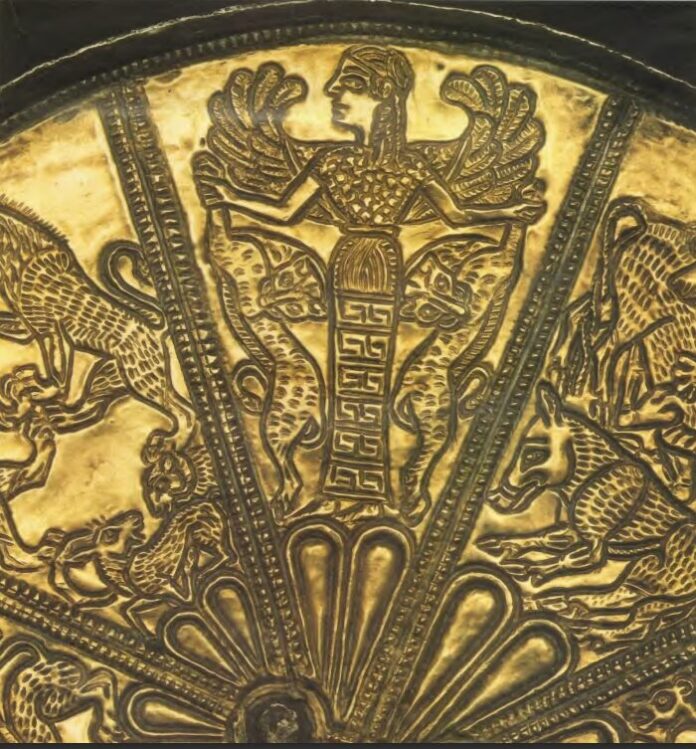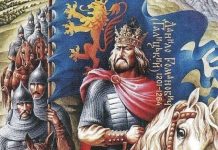“Properly speaking Artemis stands for something different from either Demeter or Aphrodite. She stands for the fact of life itself as it exists in wild nature. It is Artemis who demands vengeance for the doe slain by Agamemnon; she sends the boar to ravage Aetolia where she has not been honored; in Brauron in Attica she is worshiped as the bear goddess; in the Peloponnese, she is worshiped in the fastnesses of nature, and the people themselves did not always know whether they were worshiping the nymph Callisto or Artemis under the name Callisto, Taygete or Artemis Taygete, Atalante of Artemis Atalante… Artemis is almost necessarily a different goddess in different places for she stands for the wild life present now in the mountain glade, now in the swampy forest, wherever animals delight to roam. Her symbols are the bear, the boar, the wild goat, and the quail. She is the associate of wild beasts, their protector and their queen; and when in the course of time she is so far humanized that she becomes a huntress, even then her love for wild animals and their haunts is far more marked than her desire to kill them. Such a goddess has an element of wildness in her nature, so that she is easily angered; the dire effects of her anger are depicted in the story of Iphigeneia and again in the account of the Calydonian boar”, – observed Professor of Greek literature Arthur Fairbanks in his book The Mythology of Greece and Rome.
Dr. Walter Burkert, another outstanding scholar of Greek mythology and cult, adds some other perspective on the Goddess in his The Greek Religion:
“In the Iliad, Artemis is called Mistress of the Animals, potnia Theron, obviously a well established formula, and this has justly been seen as a key to her nature. The eastern motif so beloved by archaic art, which shows a goddess – often with wings – standing between symmetrically arranged wild animals, is generally associated with Artemis. This Potnia Theron is a Mistress of the whole of wild nature, of the fish of the water, the birds of the air, lions and stags, goats and hares; she herself is wild and uncanny and is even shown with a Gorgon head. Though she is ‘gracious to the playful cubs of fierce lions and delights in the suckling young of every wild creature that roves in the field, she is also the huntress who triumphantly slays her prey with bow and arrow. Always and everywhere Artemis is the goddess of hunting and of hunters; she is honoured in a very ancient way where the hunter hangs the horns and skin of his prey on a tree or else on special, club-shaped pillars. Without doubt, customs of this kind, as well as the very idea of a Mistress of the Animals, go back to the Palaeolithic… In point of fact, Artemis is and remains a Mistress of sacrifices, especially of cruel and bloody sacrifices. The image of Artemis which Orestes took together with Iphigeneia from the land of the Tauroi demands human blood.”
The last sentence refers to the famous play by Euripides’, Iphigenia among the Taurians. The location of the play takes place in Taurica, modern-day Crimea. It is in that area, according to Euripides, that Iphigenia was made a priestess at the temple of Artemis, and Iphigenia’s position included the task of ritually sacrificing foreigners who land on the shores. Since Iphigenia was the daughter of Agamemnon, one of the main characters of the Trojan War that took place in the 13th century B.C., the cult of Artemis existed in Taurida/Crimea several centuries before Athens was founded. [To Be Continued]
The “Cradle of Civilizations‘ book takes a closer look at the Mycenaean Civilization which was a central stage of Homer’s Iliad. One chapter is devoted to the Kelermes Mirror with Artemis on it. That representation of the Goddess dating to the 7th century BC is the oldest one of Artemis known to this date.










